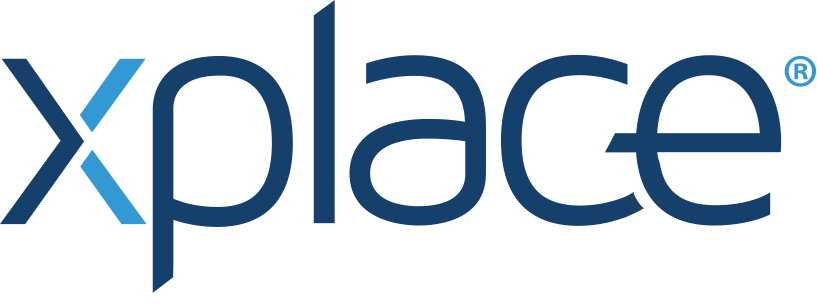Embedded Finance | Benefits and Challenges
The creation of an ecosystem in which non-financial activities have financial responsibilities creates a radically different market. New opportunities for collaboration and additional revenue streams come to the fore as traditional financial institutions threaten the unique role financial services once had.
User experiences in this sense will commonly mean eCommerce checkouts, for example where payment options are embedded to avoid having to re-enter details, or where options like insurance are embedded within the checkout process.
Check Also: https://geniusee.com/single-blog/what-is-embedded-finance-and-how-it-works
Embedded Finance
Much of the financial hype that has set in during the critical period has been to the extent that its development has allowed big tech companies to enter markets like financial services that are new to them. This interest in big technology is a key factor in embedded financial development for several reasons. First, the main technologies continue to diversify.
Additional Revenue Streams
However, it is not just about additional sources of income. Big tech companies have clear value to add in the financial services arena. These technology companies are very conscious of the user experience, which is something that has traditionally been more difficult for financial services. Big tech can significantly increase its appeal in an ever-evolving marketplace by combining its user experience with third-party capabilities.
Ability to Create New Financial Services
Under embedded finance, brands using the ability to create new financial services are not the only beneficiaries. Embedded finance is an important way for B2B providers to generate revenue and is increasingly seen as an additional stream for financial service providers.
Future Growth
However, there are challenges that could threaten the future growth of embedded finance. In fact, integrated finance has key capabilities in the form of payment APIs, BaaS, and open banking. While all of this plays out to the extent that embedded funding is viable, this is not the case for all markets, meaning the prospects for embedded funding are not good for all.
Technological Infrastructures
Furthermore, it is often said that banks and financial institutions are the slowest adopters of new technology and this of course means that many banks are still using outdated technology infrastructure. In addition to the technological question, there is a broader question about thinking.
Final Words
Embedded finance requires banks to think differently, which means cooperating with non-fintech nonprofits and playing less of a role for the end-user, making them very difficult to accept.








 פרסום פרויקט
פרסום פרויקט


 התחבר עם פייסבוק
התחבר עם פייסבוק
 התחבר עם LinkedIn
התחבר עם LinkedIn